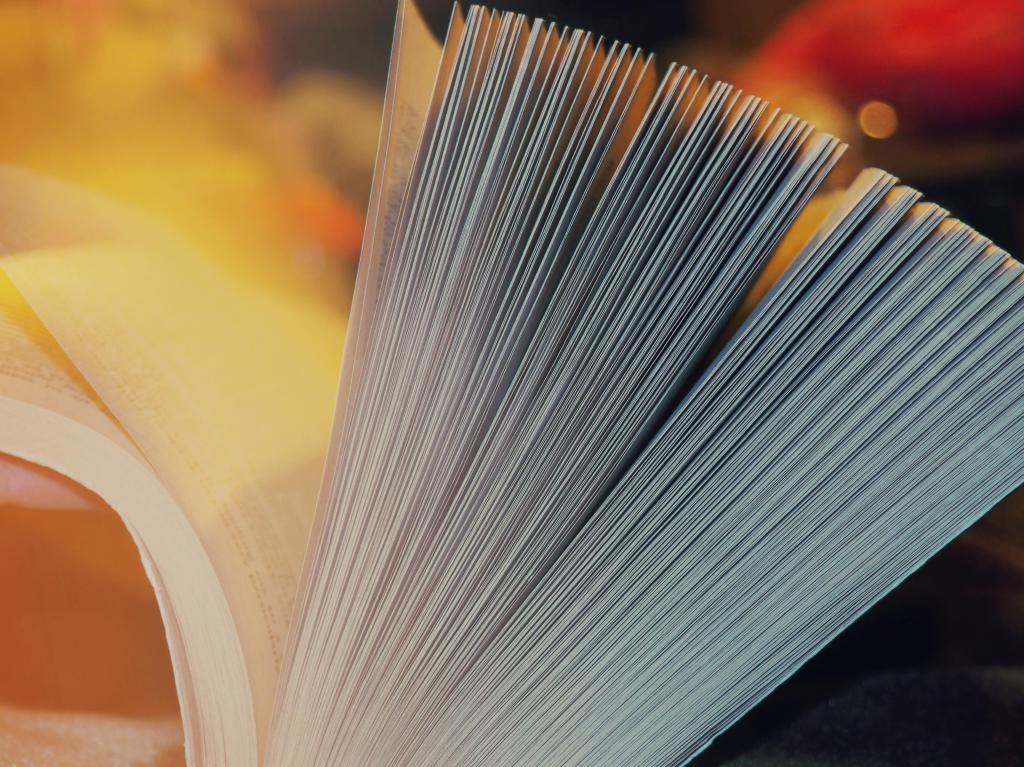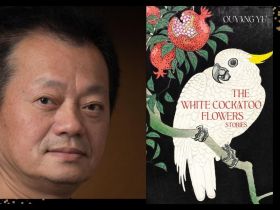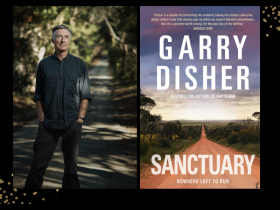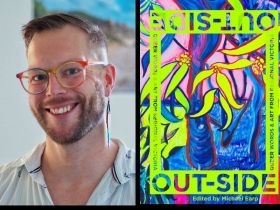Too many excellent talks and panels, too little time. Sadly, I could only attend for the first day of festivities this year, but wow, what a wonderful day it was! With several talks competing for our attention in each timeslot, we of the writerly persuasion were spoilt for choice. It’s high time we wordsmiths learnt bi-or even tri-location. So many fascinating topics and only one me.
I decided to spend the morning in the Amphitheatre and the afternoon in the Case Study Room. The latter’s name alone is intriguing! What kind of ‘cases’ are studied there? Suitcases? Lawsuits? Medical cases? In Writers Week, it matters not.
The first discussion involved Kate Forsyth and Lorena Carrington discussing feminism in fairy tales with Meri Fatin. Forsyth and Carrington met on Facebook, as do so many friends these days. Kate bought a painting by Lorena, and the pair soon decided to work together, as both were working on fairy-tale type stories that had a strong woman as the main character. Their co-operative venture, Vasilisa the Wise and tales of other brave young women, was published late last year.
The presentation was not all discussion. Forsyth told us a wondrous tale about a prince, a lion and a dove who were, in fact, all one being. Their saviour was a strong young woman – a reversal of the usual male and female roles in fairy tales.
In all their stories, these creative ladies choose to make the main character a strong woman. It’s sad to relate, but similar stories told by men – e.g. the Brothers Grimm – almost invariably centre on a hero who saves a fair maiden from a witch, a dragon or a wicked stepmother. Historically, some tales were, it seems, written by women but were attributed to men.
Forsyth asked us to consider why some tales survive and others vanish into the mists of time. Some are considered to be ‘degraded myths’. Forsyth prefers to call them ‘camouflaged myths’ and considers them to be, in the main, tales of death and rebirth, such as the Persephone legend.
Interesting point – both ladies have daughters who served as models for the artwork!
The next talk, Dancing with Language, involved Anna Haebich, Heather Rose and Noëlle Janaczewska. Sarah McNeill, moderator of the session, described the three books under discussion as having been ‘choreographed’. She invited her three guests to comment on this suggestion.
Anna Haebich, a student of Aboriginal culture, described Aboriginal dance as being both ritual and performance. She described a performance that included western dances such as the waltz and the Charleston. I wish I had seen that – it sounds like great fun! In fact, as a ballet teacher I was intrigued by the idea. Whatever our artistic metier, we constantly draw on the work of others, both within and without our own discipline.
Another panel, more food for thought. On the Outskirts, a discussion between John Kinsella and Tony Hughes-D’eath, was essentially about poets being literature’s protesters. Kinsella admits that as a poet, he constantly feels himself to be ‘on the outskirts’ of the literary world. In fact, he describes what it feels like to be ‘on the outskirts’ of everything! He is of Irish descent, but he is not Irish. He lives in Germany, but doesn’t speak German. Perhaps this feeling of being an outsider is common to all creative souls, resembling Blake’s image of souls waiting on a spiral for a chance to get into Heaven?
My final panel for the day was A Tale of Two Pianos, discussed by Geoffrey Lancaster and Ros Appleby. This talk took me right back to my teenage years as a student at Sydney Conservatorium, and regular lectures on the history and form of music.
Lancaster’s speciality is the history of keyboard instruments, and he has written a book about the topic. Apparently there were 31 piano makers in England around the turn of the 18th century. English pianists, mainly women, favoured instruments with overtones, which were not sought after on the continent, where a crisp, clean sound was preferred. Apparently these early pianos are better suited to the works of Mozart, for example, than are modern instruments. Another point of interest was learning that the first ever piano concerto was created by an English composer, Philip Hayes (1738-1797).
Lancaster is an entertaining and knowledgeable presenter. I especially liked his proposal that musical form can be compared to rhetoric.
All in all, another fabulous festival. All concerned can be proud of their input, and I am looking forward to next year already!
4 ½ stars
Perth Festival Writers Week
19-25 February
www.perthfestival.com.au





